Unit Rates Estimating
Units rates estimating is a topic which any skilled cost estimator should master.
Having a strong understanding of what is included in a unit rate, how a unit rate is impacted by various factors, simple versus complex unit rates, etc. opens the door for a cost estimator to achieve better productivity, increase accuracy and apply a strong analytical review of the cost estimate.
Among the factors which impact the quality of a cost estimate is the understanding of the construction methodology, the challenges, and the opportunities which come with every project we develop the cost estimate.
Some projects are particularly complicated, unique in terms of design and with no information available to benchmark our production rates, crews, size of construction equipment, etc.
Not all of us have the opportunity to work on such unique, challenging projects. But studying such projects can give us an extra angle in understanding how to approach construction methodology on the projects we regularly work on.
Following is a case study of construction challenges presented while building the longest suspension bridge in the world: The Akashi-Kaikyo Bridge. Click here for a collection of bridge pictures.
The article was written by our contributor, Hobbes S Sujith (see bio at the end of this article). Even if you are not a cost estimator, this article captures a great picture of the evolution of bridge design and construction.
Introduction
The Akashi-Kaikyo Bridge in Japan is the world’s longest suspension bridge. It spans a 4km (3,911m) wide waterway and is designed to withstand powerful typhoons, tsunamis, and earthquakes. It is the pinnacle of bridge engineering.
The Akashi-Kaikyo Bridge owes its success to 7 key inventions found in 7 landmark bridges. Seven construction challenges that the construction team tackled.
At the heart of each bridge lies a major technological innovation that allowed engineers to span ever wider. One by one travelling up the scale, we will reveal the incredible stories behind these structures and the inventions that allowed them to grow longer.
Construction Challenge #1: Material – Introduction of Stronger & Lighter Stuff
To create Akashi-Kaikyo long and strong enough to span this long, we need to wind back in time and look into how bridge design evolved. The journey begins in 18th century England, with The Iron Bridge, a 30m long building with a new wonder material.
In 1779, the industrial revolution was in the midst of transforming England. However, River Severn was holding the progress of rural Shropshire as industrialists, and the raw materials were on either bank. Ferry wasn’t a solution, as it couldn’t cope with the explosion in traffic of people as well as goods. The only solution was to build a bridge; it wouldn’t be easy.
Even though the River Severn was only 30m across, it was a critical distance for the bridge builders of the time. The conventional way of spanning this river was to build a stone arch – a method used since the Roman Times.
However, to make a stone arch wider, it must also be made higher to preserve the semicircular shape which provides strength. Enlarging the arch comes with a cost. To double the size, bridge builders must use eight times the amount of stone. With this many stones, the bridge would collapse under its own weight.
Bridge builders needed new materials to build a bigger and better bridges. The promising material was cast iron. One which was strongest and carried the same weight as the stone but was much lighter and much easier to handle. In 1779, builders set about to build the world’s first cast-iron bridge. It’s constructed from 1,700 precast sections of iron. 5 semi-circular ribs formed the bridge’s 30m long centre arch.
As the structure is comprised of iron latticework instead of solid stone, the bridge weighs only 380 tons. They name it the Iron Bridge. Technology like building information modelling was not invented during those times. Such tools would reduce the time in choosing the material.
When the Japanese planned the biggest suspension bridges in the world, they knew that they must keep them as light as possible. They constructed Akashi-Kaikyo Bridge from prefabricated components arranged in a latticework, and this lightweight structure still contains over a quarter of a million tons of steel.
Unfortunately, steel comes with a major drawback – it rusts. As Akashi Strait is prone to typhoons, a marine environment like corrosion is a major concern for the complete structure. To safeguard the bridge, robot watchmen guided by remote control are assigned. They look for any corrosion evidence and call robot painters to patch up the damages with paintwork.
Construction Challenge #2: The Suspension Bridge – Reintroducing the Rope Bridge
The Iron Bridge proves that by using cast iron instead of stone, engineers can build a bridge beyond 30m. However straddling the 177m Menai Bridge will take someone with a touch of genius and an idea borrowed from ancient history.
In the 19th century, Ireland joined the UK through the Act of Union. This meant that the number of people wishing to cross the Menai Straits increased as politicians travelled to and from Ireland to Parliament in London. However travelling Menai Straits in ferries wasn’t a wise option, as the current was tricky and several boats capsized or ran aground, often leading to loss of life. The engineer Thomas Telford was hired to span this stretcher waterway.
Initially, Telford considered constructing an arch bridge from cast iron. However, he would have to use scaffolding to support the arch while building, thus blocking the movements of ships along the busy waterway. The planners didn’t approve this consideration, so Telford returns to the first principles of bridge design – The Rope Bridge aka The Suspension Bridge.
Rope bridges have been used to cross rivers since ancient times and Mountaineers still use them today. The ends of the ropes are anchored to a tree on the bank, the bottom rope carries the load and the top rope is used for holding onto it.
Adding planks of wood to form a deck makes the bridge easier to cross, and iron chains allow it to carry heavier loads. However, the deck still sags. The engineers found a way to flatten the sagging deck to have a modern suspension bridge.
The answer is to suspend it from stone towers and then extend ropes downwards to level the deck. Telford had a problem – securing the chains at each end. Instead of anchoring the chains to trees, he anchored them into the rocky banks on either side of the Straits. The only way this anchorage can fail is if the rocks giveaway.
When the Menai Suspension Bridge was opened in 1826, the journey time from London to Dublin was reduced by 9 hours. As the first great modern suspension bridge, it shines a light on the future.
In Japan, engineers faced an even greater challenge when anchoring the Akashi suspension bridge. Instead of chains, the Akashi uses colossal cables. But unlike Menia, there is no solid rock to secure them into.
So they must build an anchor point on the shoreline. First, they dug a very big hole for the foundations and filled it with 230,000 cubic meters of concrete. Next, they shipped in mammoth metal frames that firmly anchor the bridge cables. So they set the frames in concrete, and they cast the concrete into five separate blocks. The gaps between the blocks allow heat to dissipate, so the concrete doesn’t crack. Once set they fill the gaps to make a solid concrete block over 50m high.
Construction Challenge #3: Stronger Chains – Strength Along with Length
Telford’s suspension bridge across the Menai Strait introduced bridge designers to a new approach to building a big bridge. Still, in 1851 when American engineers were challenged to span the 250m wide Gorge in Niagara Falls, their suspension bridge would have to carry a 300-ton train. Thus, the strength becomes as big an issue as the length.
The massive chains on the bridges may look unbreakable, but any chain is only as strong as its weakest link as one tragic accident would prove. On 2nd May 1845, 300 people crowded together on a suspension bridge in the English town of Great Yarmouth.
They gathered to watch a circus stunt, a man in a barrel pulled by geese. As he approached, the crowd crossed to one side of the bridge for a better view. But the sudden shift in weight overburdens the chains. It snaps, and the deck plummets into the river, drowning 79 people.
Six years later, the engineers charged with bridging Niagara Falls needed something stronger than just an iron chain to support their day particularly since their bridge must bear the extra weight of a train.
Engineers knew that iron could be made stronger if they are drawn out into a long thin string of wire. The Niagara engineers work out that a cable made of over 35,000 wires would be strong enough to hold up the bridge, but at 900 tons, the cable is far too heavy for workers to lift into place.
Engineers feed a loop of wire through a pulley and pull it across the gorge. Once it reaches the other side they chain the wire to the anchorage then they send the pulley back to pick up another loop of wire after 1820 trips they formed an iron cable 3640 wires thick. It takes four of these to hold up the bridge. In 1855, Niagara Bridge opened to carry its first train from the United States to Canada.
The Niagara Falls Suspension Bridge was the world’s first working railway suspension bridge. Although the bridge has been replaced, the ideas of using cables to support the deck are live on.
Akashi Bridge consists of cables that are strong enough to support 90 times the weight supported by the Niagara Bridge. They first fly a helicopter across with a pilot rope to get the wires from one bank to another.
Then they roll across the first bundle of a hundred and twenty-seven wires and shuttle the 290 individual bundles from one bank to the other until there’s enough to form the colossal cable. Each cable weighs about 25,000 tons and contains enough wire to circle the globe 7 times.
Construction Challenge #4: Building Underwater – With Caisson
Stronger cables allow the engineers to build bridges with longer unbroken spans, but waterways too wide to bridge in a single span, supporting towers have to be sunk into the riverbed. In 1874 engineers plan a mighty bridge to join Brooklyn and Manhattan. The challenge is to anchor peers in the rushing water below.
The fast-flowing stretch of East River runs over 9m deep on the Manhattan side. On the riverbed layers of slit and sewage lie above the bedrock, making an unstable foundation for any towers built on. To dig through it and into the bedrock below, the men must work 24m underwater. Engineers came up with a solution – Caisson.
It is a giant upturn box made from wooden planks. It is designed to sit on the riverbed and provide working space for 125 men. Its walls tapered down to form a sharp cutting edge designed to slice through the silt. They made the caisson on the dry land, and powerful boats towed it out into the water.
Engineers then sink the caisson into the bottom of the river by weighing it down with tons of granite blocks. But before the men can work in it, the caisson must be drained and the water prevented from flooding back in. Thirteen huge compressor pumps in the air to keep the river out.
Airlocks were installed to bring in and out the miners. When the workers get right down to the bedrock, they start filling each caisson with concrete the caissons now form the foundations for the mighty towers. On the 24th of May 1883, Brooklyn Bridge was born.
Its towers dwarfed most other buildings on the New York skyline of the day. By uniting Manhattan with Brooklyn, the great bridge unites the metropolis with its workforce and helps create modern New York City.
Now Brooklyn Bridge after a century still carries over 140,000 vehicles and thousands of more pedestrians, remaining an engineering masterpiece.
The Engineers at Akashi Bridge faced an even greater challenge. The foundations for the towers supporting the bridge must be laid in waters far deeper than New York’s East River. They need to put them 60m down in the Akashi Strait.
Technological advances now allow for huge dredges to dig out the seabed foundations instead of risking the lives of miners. But the Japanese still use caissons to form their foundations. The caisson stands 70m tall and 80m wide, but they are made of steel rather than wood. They are so large they require 12 tugs to tow each one into position over the excavated seabed.
Each caisson has an outer and inner wall. The gap between the walls forms a circular compartment filled with air. This keeps the caisson buoyant. To sink it, engineers flood this compartment with seawater. Once it’s located on the seabed they displaced the seawater in its central chamber by filling it with set concrete this special concrete keeps its cohesion in water. If they place a concrete lid on the caisson and the pier is completely ready to form the base of the tower.
Construction Challenge #5: Taller Towers – Using Steel
Caissons allow bridge builders to go longer by digging deeper but when challenged to span the 1.6km wide Golden Gate Strait between the city of San Francisco and neighbouring Marin County. They must find a way to build taller as well.
The strait is notorious for its extreme weather conditions which makes the crossing by water dangerous. But this doesn’t deter people from trying to ferry their cars across in the decade following world war one the traffic in the bay area increased sevenfold, the ferries could no longer go. So in 1933 engineers planned the world’s longest suspension bridge. In any such bridge, the best balance of forces is achieved when the cables are set to form a particular curve. To preserve the shape engineers wanting to lengthen the roadway must also raise the height of the towers.
According to Dr. Mark Ketchum, Structural Engineer. ”You move from a relatively short suspension bridge to a relatively long one, and the towers need to get taller pretty much directly proportional to the length of the bridge. Hence, you make twice as long of a bridge, and the towers need to be roughly twice as tall.”
This creates a massively complex engineering challenge. With a 1280m span, engineers need to hang cables from points 152m above the deck. This requires towers to be 227m tall which cannot be created with slender stone as it would buckle under its own weight. Another option was to build a thicker tower, however, any tower which is capable of resisting buckling requires a base wide of 50m, obstructing the ship passages and bridge aesthetics.
Thus engineers call out stronger and lighter materials for bridge towers – steel. Four steel plates joined together to form a shaft 11m tall, these make strong building blocks that are lighter and solid steel. Cluster together into cells, they form a sturdy honeycomb structure. Crane lifts the cells into place, once it completes each section the brain hoists itself up and begins again. Because they are hollow shafts rather than solid stone the towers can be kept slender from top to bottom and the steel allows the towers to flex instead of buckle under the strain from the cable but as the towers rise so do the risks someone must lock the cells together and install the rivets over a million of them.
The ironworkers risked their life and limbs hanging off the towers exposed to the vicious Pacific storms. For the first time bridge builders wear hard hats and face masks and use safety lines a huge net saves 19 of the ironworkers from lethal falls. But despite the precautions, 11 men give their lives for the bridge. The towers above the bay are tall, slim, and strong enough to support over 50,000 tons of deck and cable.
The bridge is a testament to the strength of steel and how it allows engineers to build ever higher.
Today’s tallest towers on any suspension bridge belong to the Akashi Bridge in Japan. At 300m they stand 70m taller than those on the Golden Gate Bridge. Each is comprised of 30 sections. Engineers grind and polish the top and bottom surfaces of each section until they are perfectly flat. This means that when cranes stack the sections one on top of the other to form the 100-story towers they will be precisely vertical their internal honeycomb structure makes them light and strong.
Advanced robot welding techniques combined with one and a half million good old-fashioned bolts to hold the towers together. Building taller allows suspension bridges to span greater distances.
Construction Challenge #6: Wind – To Deceiving it to Go Longer
As the bridge deck gets longer, it is also more likely to twist and bend. It must now be designed to resist a particularly destructive force of nature – the wind.
The 1940 Tacoma Narrows Bridge in Washington State comes with a fatal flaw. In a modest wind, the deck begins to move up and down and then it starts to twist. Finally, the bridge collapsed on November 7 of the same year. Engineers believe that structural failure was due to aerodynamic instability. The bridge deck with a flat side presents an obstacle to the wind. When a crosswind hits it, the flow of air is disturbed causing above and below the deck. These produce areas of varying pressure that either suck the deck up or push it down. Once the deck moves, the bridge flexes against it.
One of the many solutions was to introduce more streamlined profiles to the sides to slide through the wind and channel it harmlessly over and under the road. In 1946, engineers considered using this concept in designing a new longer bridge – Verrazano Narrows Bridge. Engineers have to span the 1.6km wide entrance to New York Harbor across the Verrazano-Narrows.
They expect the crossing to be so busy that the bridge must be able to accommodate 12 lanes of traffic split across two decks, but the engineers know that streamlined edges on a double deck might not channel the wind safely away instead the streamlining could cause the currents of air to collide and produce further disruption so rather than deflect the wind they decide to resist it by stiffening the deck so that it can’t twist or bend.
The most effective way to do this is to enclose the decks in a great box, but they know a 2km long steel box would be too heavy for the bridge’s cables. Instead, they assemble thin steel bars into a lightweight skeletal unit. 75 of these locked together to form a massive open latticework of steel.
This allows the wind to flow unimpeded through the structure. This unique design resists powerful Atlantic storms and supports 12 lanes of traffic. Its twin decks carry almost 200 thousand vehicles daily from Brooklyn and Queens to Staten Island and onto the main Atlantic highway system.
In 1964, when the Verrazano-Narrows Bridge was completed, it was the longest and heaviest suspension bridge in the world. The design is so good that over 30 years later, the Japanese used the same open-box concept to stiffen the deck of their Akashi Bridge.
With Akashi Bridge, it had other problems to be worried about. It stands in a notorious typhoon alley. Japanese engineers must make sure that the Akashi bridge should withstand the worst nature can throw at it. For this purpose, wind tunnel tests were conducted at a hundredth scale.
The test suggests that they need to deflect the wind by stiffening against it, so they insert a massive steel beam just below the roadway. When a strong crosswind hits the beam, it gets redirected upward through a grill in the deck neutralizing its destructive effect. The 1900m steel spine works with the reinforced deck to ensure the Akashi Bridge can withstand typhoon winds of up to 300km/h.
Construction Challenge #7: Earthquake
The Verrazano’s wind-defying capabilities enable bigger bridges to safely straddle increasingly exposed crossings but to build the world’s biggest suspension bridge engineers must defeat a force of nature powerful enough to shake the structure’s very foundation.
Japan is situated in one of the world’s most seismically active areas, where hundreds of tremors hit the country every year. The unstable ground makes Japan the last place an engineer would choose to build on earth.
For Akashi Bridge, the first line of defence against an earthquake is the bridge tower itself. They are made of steel to make them flexible. If a tremor hits, the steel towers can move the earth to absorb the shock. Inside each tower lies a second layer of protection that is included – 20 huge pendulums called dampeners. Each 10-ton dampener hangs from a frame. When a tremor causes the tower to lurch one way, the huge hydraulic dampeners swing towards the opposite direction, counteract the shift and prevent the tower from falling over.
This technology was tested for real on January 17th, 1995 by nature itself. A magnitude of 7 earthquakes devastates Kobe, killing over 6,000 people and destroying more than a hundred thousand buildings. But the Akashi Bridge survives – saved by its dampeners.
Conclusion:
The Akashi Kaikyo Bridge proves the strength of its record-breaking design in the most challenging environment. It is the zenith of over two centuries of innovation and engineering breakthroughs. After more than a decade of operation, it remains the longest and tallest suspension bridge in the world.
Author Bio:
Hobbes S Sujith is a web content writer with more than 10 years of experience. Currently, he works as a Digital Marketing Lead at Adviser, helping businesses with search and content marketing. He devotes his time to inspiring his team.

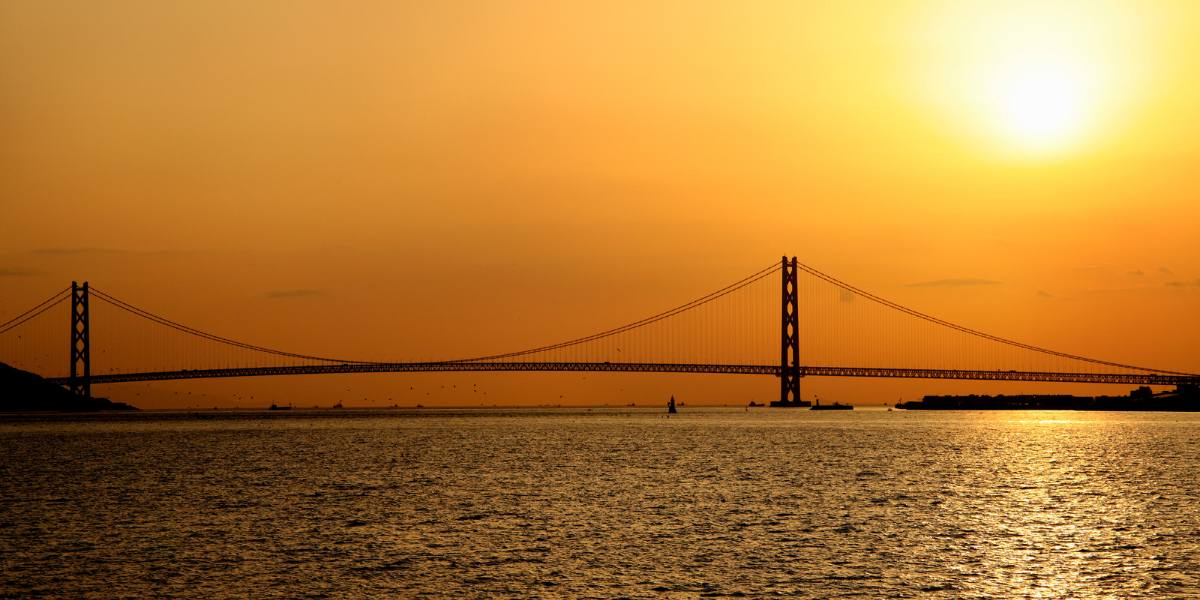

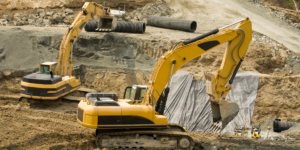
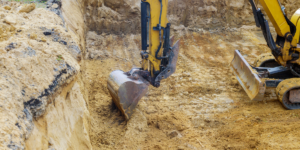
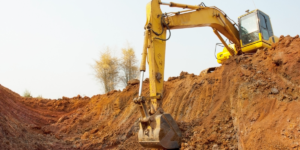
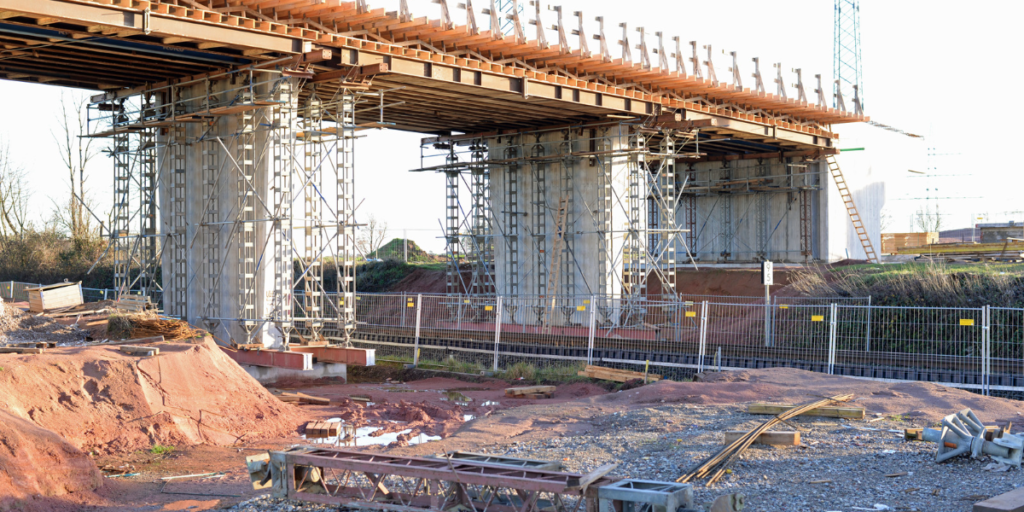
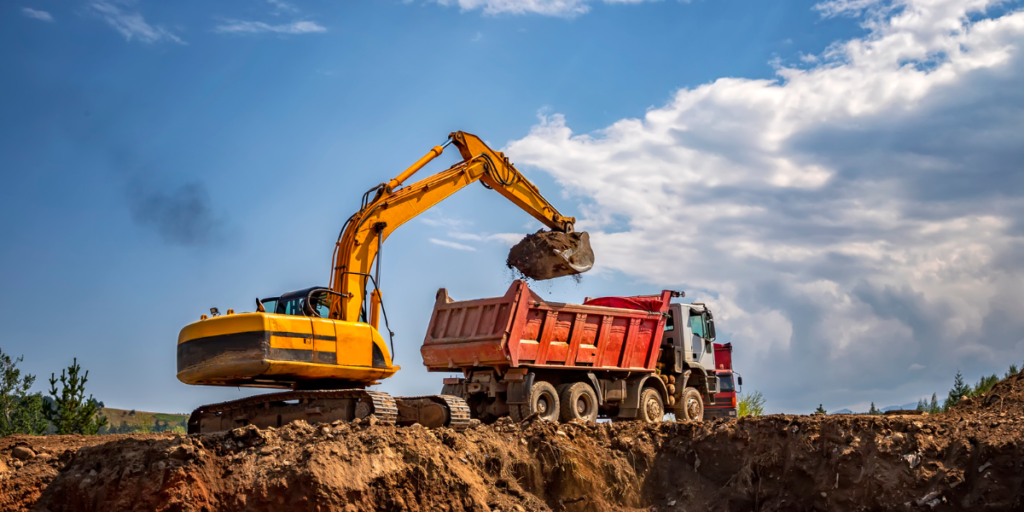
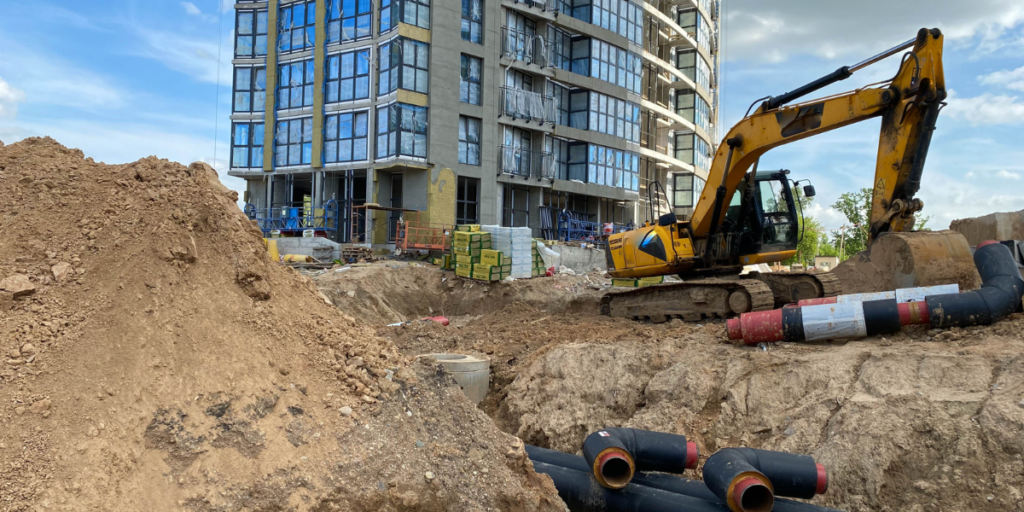
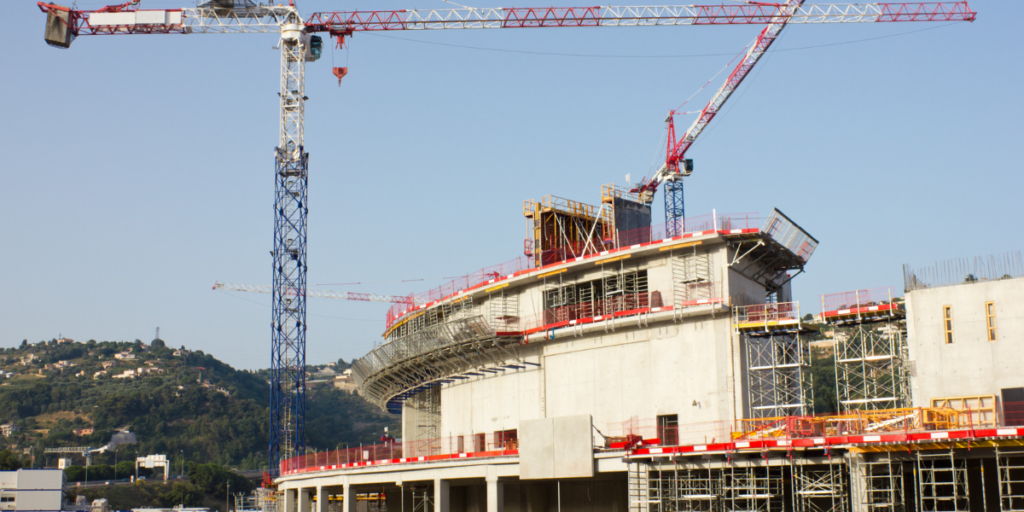
2 Responses
Acquired knowledge of steel bridge construction from site investigation to completion solving all problems.
Thank you for your feedback Clarence!